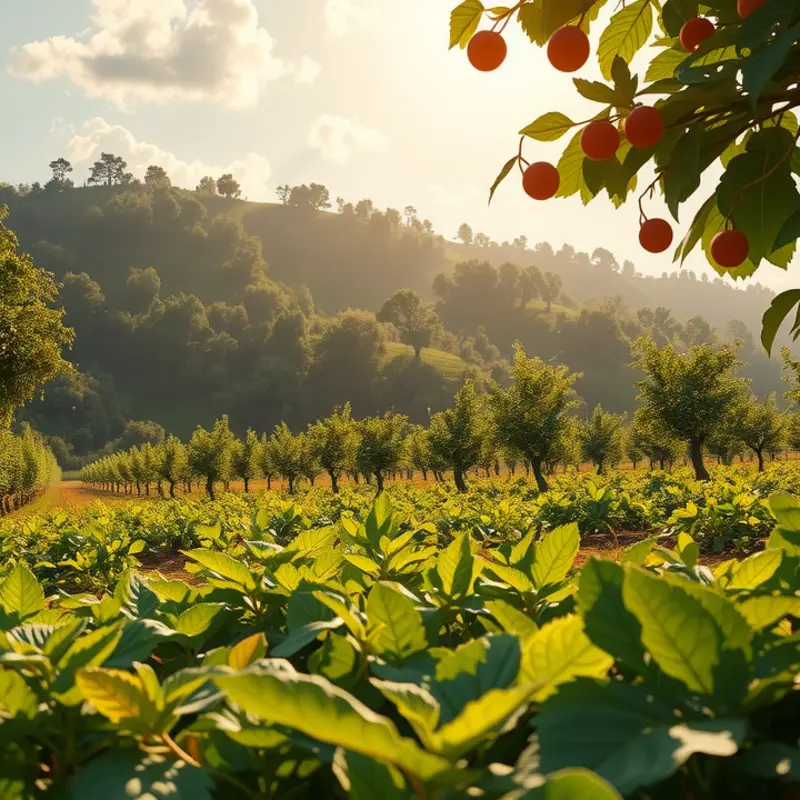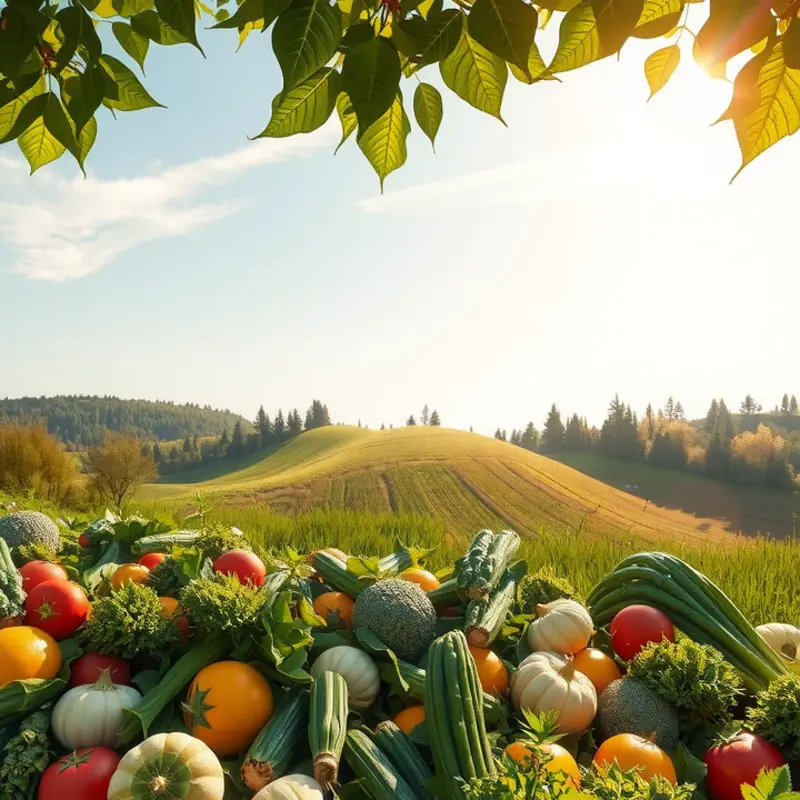Low-waste cooking prep not only benefits the environment but also helps you save money and reduce time in the kitchen. By adopting some practical strategies for food storage and management, you can minimize waste while keeping your meals fresh and delicious. This guide will provide you with clear, actionable tips for creating and maintaining a low-waste kitchen setup, so you can enjoy cooking and eating without the guilt of excessive waste.
Smart Food Storage Solutions

Effective food storage is a vital part of reducing waste and plays a key role in preserving the quality of ingredients. Understanding the best practices for storing different types of food can help keep them fresh for longer periods. This chapter delves into several strategies, from organizing your refrigerator to mastering freezing techniques.
Organization within your refrigerator impacts how long your food stays fresh. One basic principle is to maintain optimal temperature settings, usually around 37°F (3°C) for the refrigerator and 0°F (-18°C) for the freezer. This ensures bacterial growth is kept at bay. Regular checks can help you ensure your settings are correct and your fridge is not overloaded, allowing proper air circulation.
The type of container you use also significantly influences food longevity. For fruits and vegetables, perforated containers allow them to breathe, preserving freshness. Airtight containers are ideal for leftovers and cooked meals, preventing odors from mixing and slowing down spoilage. When it comes to sandwiches or sliced meats, opt for reusable wraps, which can maintain moisture levels.
Freezing is another powerful method for extending the life of your food. However, improper techniques can lead to freezer burn, compromising both texture and taste. To counter this, use thicker freezer bags or containers designed to withstand cold temperatures. Removing as much air as possible by vacuum sealing or pressing out air before sealing can minimize this issue.
Labeling is a crucial step often overlooked. Mark your containers with the name of the item and the date it was stored. This practice allows for efficient inventory management and helps you ensure that older items are used first. Implementing a ‘first in, first out’ system based on these labels can minimize waste.
As we expand our kitchen habits towards sustainability, consider integrating these methods with broader meal planning strategies. For instance, when planning meals, think about how leftovers can be stored and used later in the week. Further tips on efficient meal prep can be found in our easy weekly meal planning guide.
Challenge yourself to minimize plastic usage by exploring alternative materials such as glass or silicone. These are not only eco-friendly but also ensure your food remains unaffected by chemicals sometimes released from plastic over time.
Embracing these smart storage solutions requires some initial adjustments, but the long-term benefits to your wallet and the planet are significant. Through effective organization, smart freezing methods, and mindful labeling, you pave the way to a sustainable kitchen environment.
Creative Ways to Use Scraps

Transforming kitchen scraps into delicious creations not only supports sustainable living but also inspires culinary creativity. One of the simplest ways to make the most of leftover vegetables and meat trimmings is by turning them into homemade stock. Start collecting onion skins, carrot tops, and celery leaves in a bag in your freezer. Once you have a substantial amount, simmer them with chicken bones or vegetable peels to create a rich, flavorful base for soups and stews.
Another inventive way to use vegetable scraps is by making chips. Kale stems, carrot peels, and potato skins are perfect candidates. Toss them in olive oil and season with your favorite spices before baking until crispy. This crunchy snack is not only healthy but also prevents unnecessary waste.
Stale bread is often discarded, but it offers a wealth of possibilities. Transform it into croutons or bread crumbs by toasting and seasoning with herbs. Alternatively, create a traditional bread pudding or Italian panzanella salad. If baking is your passion, stale bread can also be ground into a flour substitute for unique and flavorful cakes.
Don’t overlook the potential of fruit scraps, either. Apple cores and citrus peels can be simmered with water and sugar to create refreshing syrups for beverages and desserts. Additionally, overripe bananas are fantastic for banana bread, muffins, or pancakes, offering natural sweetness without additional sugar.
For those interested in gardening, composting is a practical way to recycle scraps. Fruit and vegetable peels, coffee grounds, and eggshells contribute rich nutrients to compost, enhancing soil quality in your garden. Incorporating composting into your routine helps manage waste and supports sustainable living. Learn more about the benefits of sustainable food transport and how it stretches your sustainability impacts here.
Remember, incorporating these strategies not only reduces your carbon footprint but also enriches your culinary skills. By creatively repurposing scraps, you contribute to a more sustainable and resourceful kitchen environment.
Final words
Implementing low-waste cooking prep practices not only benefits the environment but also enriches your culinary experience. By focusing on smart food storage and creatively using scraps, you can significantly reduce waste in your kitchen. These straightforward strategies empower you to make more sustainable choices, ensuring that every meal is both enjoyable and responsible. Embrace the challenge of reducing waste in your cooking, and you’ll find new ways to appreciate and celebrate the food you prepare. Every small effort counts towards a greener future.







